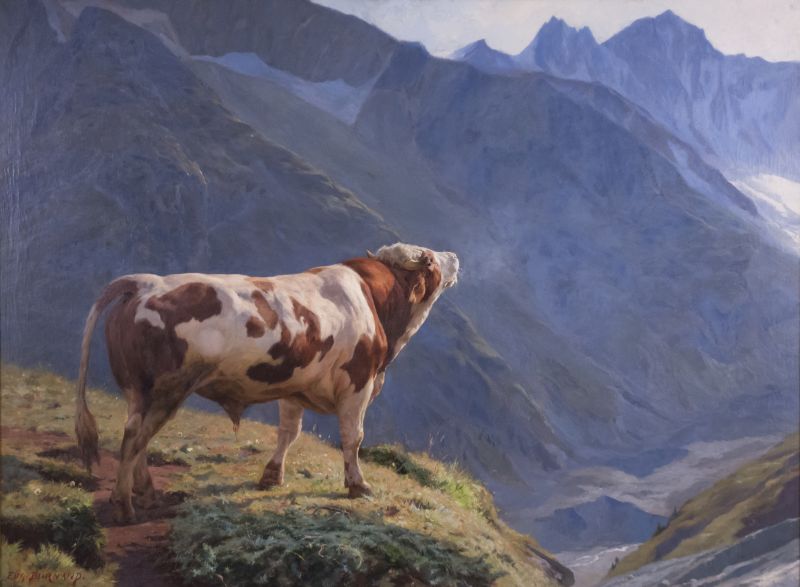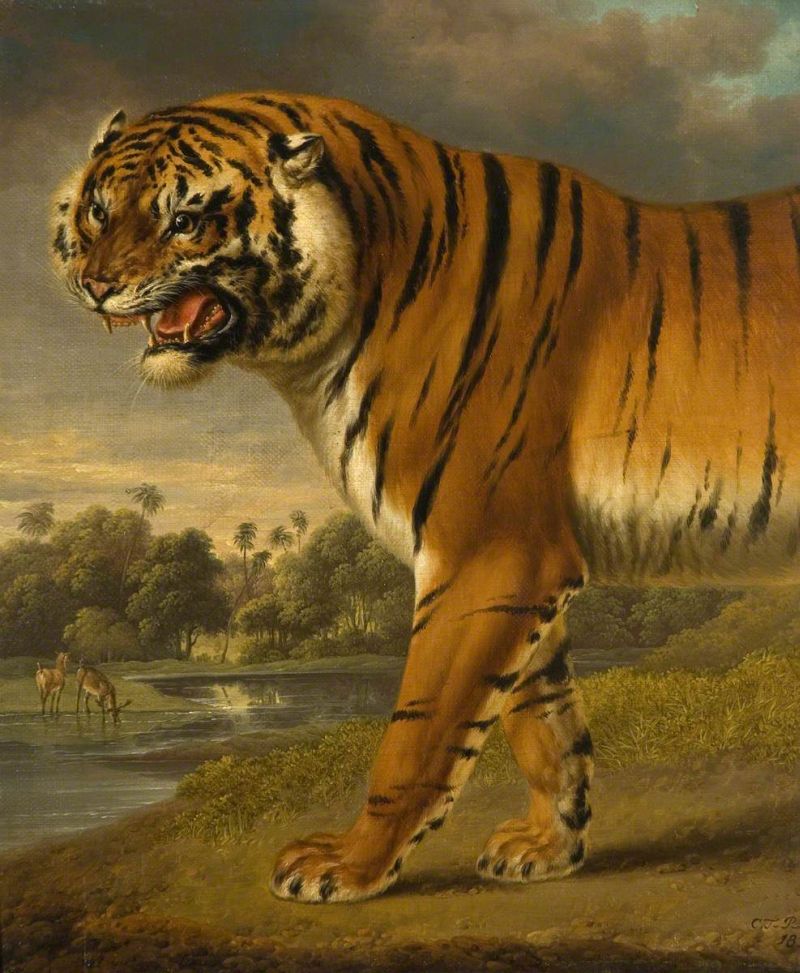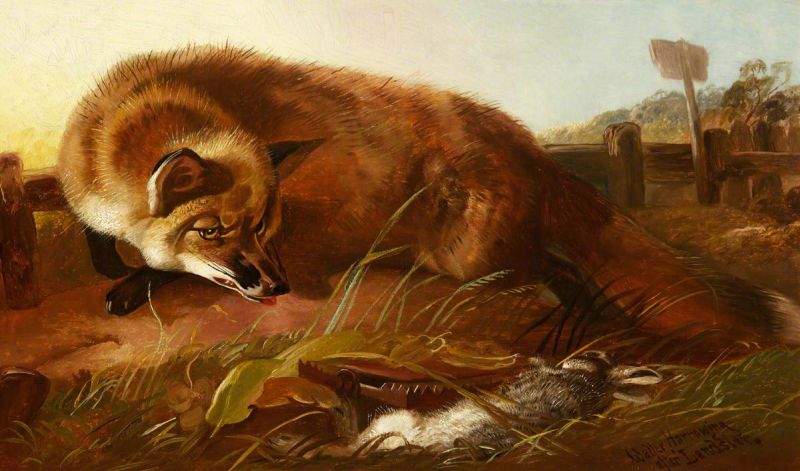Jamie Baldridge
Jamie Baldridge nació en Nueva Iberia, Luisiana, en 1975. Fue criado en un hogar conservador, católico. Continuó sus estudios en la Universidad Estatal de Louisiana en Baton Rouge, donde recibió su Licenciatura en Bellas Artes y más tarde su Maestría.
Sus fotografías manipuladas son como retablos vivientes. La obra de Baldridge hace referencia a muchos temas literarios, filosóficos, religiosos y artísticos, como el simbolismo y la psicología de las imágenes de los sueños, la frangibilidad de las relaciones, los estados alterados de conciencia, los arquetipos junguianos y los cuentos y fábulas esotéricas. "Ha filtrado esas fábulas cargadas a través de su subconsciente, las ha templado con distopía, sabrosos fetiches e investigaciones extraídas de las estanterías de la erudición latina, y emergió con (a) una visión pictorialista surrealista".
Wood, Sura (4/9/2014). "¿Qué pasa en las galerías?". The Bay Area Reporter. 44 (36).
Baldridge es actualmente profesor de fotografía en la Universidad de Louisiana en Lafayette. Ha expuesto extensamente en los Estados Unidos, España y Holanda. Su obra y sus escritos se pueden encontrar en el Museo de Arte del Sur de Ogden, la Colección de Libros Raros de la Biblioteca del Congreso, la Universidad de Cornell, el Instituto de Arte Sterling y Francine Clark, la Universidad de Notre Dame, así como en prestigiosas colecciones privadas. Vive y realiza su práctica artística en Lafayette, Louisiana.
Serie "Belle Epoque" / Belle Epoque Series, 2009-11
"El ballet del cartel Hindenburg / The Hindenburg Signal Ballet"
Serie "Jugando con arsénico" / Playing With Arsenic Series, 2012-13
"La quinina es medicina / Quinine is Medicine"
«Fue todo un reto crear [esta obra] y creo que habla muy bien de mi desagrado por la campaña actual del establishment para patologizar pensamientos, comportamientos y estados internos completamente normales en un intento de homogeneizar, con fines de lucro, nuestra visión colectiva de la normalidad.»
«It was quite a challenge to create [this work] and I find it speaks very well to my own distaste for the establishment's current campaign to pathologize completely normal thoughts, behaviors, and internal states in an attempt to homogenize, for profit, our collective view of normality.»
Serie "Las crónicas de todas partes" / The Everywhere Chronicles Series, 2003-07
"Reciprocidad / Reciprocity"
Serie "Las crónicas de todas partes" / The Everywhere Chronicles Series, 2003-07
"Esperando el jueves / Waiting For Tuesday"
«Leí vorazmente, eso es algo que he hecho desde que era joven, y siempre he dicho que un artista realmente bueno es un artista bien educado (...), así que desde la historia a la psicología, a la teología, a la filosofía, a alta ficción, leo y leo y leo, y creo que eso le da a mi mente mucha materia prima.»
«Para mí, como artista, es un proceso complicado, porque la inspiración para mi trabajo proviene de muchos lugares diferentes. El primer lugar del que viene (...) y es lo único que se ha mantenido siendo cierto durante toda mi vida, son las imágenes oníricas. Tengo bastantes trastornos del sueño, curiosamente, tengo insomnio crónico, así que duermo cuatro o cinco horas por noche, e incluso cuando lo hago tengo lo que se conoce como hipnagogia, que es la parálisis del sueño. La mitad de tu mente está despierta pero tu cuerpo aún está dormido, por lo que lo que he hecho desde una edad temprana fue experimentar un sueño lúcido que te permite ser consciente de tu sueño mientras estás en el sueño, y dejo junto a mi cama un diario de sueños al lado de mi cuaderno de bocetos (...) y me despierto dos o tres veces por noche y escribo o bosquejo, y hay temas comunes que se mueven a través de mi obra. Mi obra trata de la alienación, trata de la frangibilidad de las relaciones humanas, trata del solipsismo; sabes que es difícil estar realmente fuera de tu propia conciencia y experimentar a otras personas. Trata sobre la identidad.»
Serie "Las crónicas de todas partes" / The Everywhere Chronicles Series, 2003-07
"Representación del pegamento del hueso (según Ernst) / Rendering Glue from Bone (after Ernst)"
Serie "Jugando con arsénico" / Playing With Arsenic Series, 2012-13
"Patrón de monstruosidad / Pattern of Monstrosity"
«Aunque otros han descrito mi trabajo como reinterpretaciones de cuentos de hadas, supongo que debido a su naturaleza surrealista y mi mención de una afición pasajera por un libro de cuentos de hadas que encontré cuando era niño, me opongo a la comparación debido a su supersimplificación e inexactitud. He declarado que mi obra hace referencia a "cuentos" en el sentido más amplio de la palabra y en deferencia a todas las historias que se han transmitido a través del tiempo; historias de religión, fábulas, parábolas, poemas, novelas e ideas de la filosofía. Los cuentos de hadas, especialmente nuestras versiones modernas que han sido contaminadas por Walt Disney et al, tienden a ser cosas unidimensionales, y mis influencias y narrativas son mucho más amplias, más complejas y, con suerte, más matizadas. Por lo tanto creo que mi obra difiere en que se extrae de unas fuentes completamente diferentes.»
Serie "Jugando con arsénico" / Playing With Arsenic Series, 2012-13
"Órbitas en rápida decadencia / Rapidly Decaying Orbits"
«Las herramientas y equipo que utilizo para hacer el trabajo son bastante variados según lo que esté haciendo, pero siempre comienza con un lápiz. Esa es la mejor herramienta (...) un cuaderno de bocetos, vivo con mi cuaderno de bocetos. La segunda herramienta es una cámara digital de muy alta resolución que utilizo en el estudio para captar los temas, ya sea película o foto fija utilizo la misma cámara. Luego comencé a adoptar la computadora como herramienta debido a los programas que podemos usar, y uno de los principales programas que uso se llama Maya. Maya es un programa de gráficos por ordenador que te permite modelar, simular, renderizar, te permite hacer de todo, y lo que me permite hacer es construir un mundo completamente sintético que parezca fotográfico.»
Serie "Distopía" / Dystopia Series, 2007-09. "El paralelo 55 / The 55th Parallel"
Serie "Las crónicas de todas partes" / The Everywhere Chronicles Series, 2003-07. "Sotto voce"
«Parte de lo que provocó mi interés fue crecer en una ciudad muy pequeña donde no tenía acceso a ninguna de estas cosas. Era un empollón, así que empecé a ir a la biblioteca todo el tiempo y el primer libro de arte que revisé allí fue un libro de Picasso. Leer este libro y mirar este trabajo y ver que la pintura podría ser esto me abrió a toda esta realidad que no sabía que existía (...). Yo dibujaba desde una edad temprana. Siempre fui un niño artístico creativo. A una edad muy temprana, cuando encontré estos libros en la biblioteca y comencé a leer sobre todos estos artistas, me ocurrieron dos cosas. Una fue que podía aprovechar esta habilidad para dibujar realmente bien y hacer algo más grande con ella. Pero la segunda fue que aunque estaba en este mundo realmente pequeño, podía crear mi propio mundo más grande, y eso es lo que comencé a hacer.»
En la obra de Jamie encontramos buenas dosis de humor. Al respecto, el artista dice:
«La vida realmente es una cosa absurda sin un propósito aparente que no sea congraciarnos con alguna deidad imaginada por un paraíso o castigo eternos, o acumular un catálogo de hábitos y neurosis antes de ser enterrados. Si no encontrara algo de humor en los rincones más oscuros de mi mente, creo que me volvería loco.»
Serie "Belle Epoque" / Belle Epoque Series, 2009-11
"Estudio de una regencia tranquila / A Quiet Regency Study"
Jamie con su esposa / with his wife Brooke
Jamie Baldridge was born in New Iberia, Louisiana, in 1975. He was raised in a conservative, Catholic household. He went on to study at Louisiana State University at Baton Rouge where he received both his Bachelor of Fine Arts and later his Master of Fine Arts degree.
He is known for creating highly manipulated surreal tableau vivant photography. Baldridge's work references many literary, philosophical, religious, and artistic themes such as the symbolism and psychology of dream imagery, the frangibility of relationships, altered states of consciousness, Jungian archetypes, and esoteric tales and fables. "He has filtered those loaded fables through his subconscious, tempered them with dystopia, tasty fetishes and research gleaned from the musty stacks of Latin scholarship, and emerged with (a) painterly surrealistic vision."
Wood, Sura (4/9/2014). "Whats Up At The Galleries". The Bay Area Reporter. 44 (36).
Series "Monumentos del deseo" / Monuments of Want Series, 2014- en curso / ongoing
"Ruiseñores del comptómetro / Mockingbirds of the Comptometer"
Baldridge is currently a professor of Photography at the University of Louisiana at Lafayette. He has exhibited extensively throughout the United States, Spain, and the Netherlands. His work and writings can be found in the Ogden Museum of Southern Art, the Rare Books Collection of the Library of Congress, Cornell University, the Sterling and Francine Clark Art Institute, The University of Notre Dame, as well as esteemed private collections. He lives and continues to practice in Lafayette, Louisiana.
Serie "Belle Epoque" / Belle Epoque Series, 2009-11
"Dentro del Nuevo Mundo / Into the New World"
Serie "Distopía" / Dystopia Series, 2007-09
"Un profeta de diez peniques / A Ten-Penny Prophet"
«I read voraciously, that's somehing i've done since I was young, and I've always said that a really good artist is a really well educated artist (...), so from history to psychology to theology to philosophy to high fiction, I read and read and read, and I think that gives my mind a lot of raw material.»
«For me as an artist it's a convoluted process because the inspiration for my work comes from so many different places. The first place it comes from and I tell people that straight off and it's the only thing that's held really true troughout my life is dream imagery. I have quite a few sleep disorders, strangely enough I have chronic insomnia so I sleep four or five hours a night and even when I do I have what's called hypnagogia which is sleep paralysis. Half of your mind is awake but your body is still asleep, so what it aloud me to do from an early age was to experience a lucid dreaming which allows you to be conscious of your dream while you're in the dream, and I leave a dream journal next to my bed sketchbooks (...) and I wake up two or three times a night and write or sketch and there are common themes that move throughout the work. My work is about alienation, is about the frangible of human relationships, it's about solipsism, you know is difficulty in truly being outside of your own consciousness and experiencing other people. It's about identity.»
Series "Monumentos del deseo" / Monuments of Want Series, 2014- en curso / ongoing
"El promontorio de Battersea / The Promontory of Battersea"
Serie "Las crónicas de todas partes" / The Everywhere Chronicles Series, 2003-07
"El martirio de San Tilden / The Martyrdom of Saint Tilden"
«Although others have described my work as re-interpretations of fairy tales, I suppose because of its surreal nature and my mention of a passing fondness for a book of fairy tales I found as a child, I take exception to the comparison due to its over-simplification and inaccuracy. I have stated that my work references "tales" in the broader sense of the word and in deference to all the stories that have been handed down through time; tales of religion, fables, parables, poems, novels, and ideas of philosophy. Fairy tales, especially our modern versions having been contaminated by Walt Disney et al, tend to be one dimensional things and my influences and narratives are much broader, more complex and hopefully more nuanced. So, I think my work differs in that it is drawn from altogether different well.»
Serie "Jugando con arsénico" / Playing With Arsenic Series, 2012-13, "Pietá"
Serie "Distopía" / Dystopia Series, 2007-09
"Vox Dei, tercer movimiento / Third Movement"
«The tools and equipments that I use to make the work are it's fairly varied depending on what I'm doing but it always start with a pencil. That's the best tool ........ honestly a sketchbook I live with my sketchbook. The second tool is a very high resolution digital camera which I use in the studio to capture the subjects whether it's film or still imagery I use the same camera. Then I started to adopt the computer as a tool because of the programs we can use, and one of the main programs that I use is called Maya, and Maya is a CGI program that allows you to model, simulate, render, it allows you to do everything, and what it allow me to do is to construct a completely synthetic world that looks photographic.»
Series "Monumentos del deseo" / Monuments of Want Series, 2014- en curso / ongoing
"Principio de debilidad antrópica / Weak Anthropic Principle"
Serie "Las crónicas de todas partes" / The Everywhere Chronicles Series, 2003-07
"Cronista Nº 63 / Chronicler #63"
«Part of what sparked my interest was growing up in a very small town where I didn't have access to any of these things. I was a nerd so I started going to the library all the time and the first art book that I checked out there was a Picasso book. Reading this book and looking at this work and seeing that painting could be this it opened up this whole reality that I didn't know exist (...) I drew from a young age. I was always a creative artistic kid. At a very young age when I found these books at the library and started reading about all and all these artists two things occured me. One was that you could take this skill to draw really well and do something bigger with it. But the second one was that even though I was in this really small world, I could create my own bigger world, and that's what I started to do.»
In Jamie's work we find good doses of humor. In this regard, the artist says:
«Life really is an absurd thing with no apparent purpose other than to ingratiate us to some imagined deity for an eternity of either paradise or punishment or to amass a catalogue of habits and neurosis before being interred into the earth. If I did not find some measure of humor in even the darkest corners of my mind I think I would go mad.»
Serie "Jugando con arsénico" / Playing With Arsenic Series, 2012-13
"En la mañana Trotsky / In the morning Trotsky"
Serie "Jugando con arsénico" / Playing With Arsenic Series, 2012-13
"Movimiento perpetuo / Perpetual Motion"
"Conoce a los creadores / Meet the Makers". Hilliardmuseum, 2015
"Conoce a los creadores / Meet the Makers". Hilliardmuseum, 2015
_________________________________
Fuentes / Sources:
* Wikipedia (English)
* Perfil del artista / Artist's profile, Holden Luntz Photo Gallery
* Entrevista de / Interview by Sara Tasini, HL Photo Gallery, 6/2013
* Perfil del artista / Artist's profile, Camara Oscura Galería de Arte
* "Conoce a los creadores / Meet the Makers", vídeo (ver más arriba / see above), Hilliardmuseum, 2015
Imágenes publicadas con autorización del artista (Muchas gracias, Jamie!)
Images published here with artist's permission (Thanks a lot, Jamie!)
























































